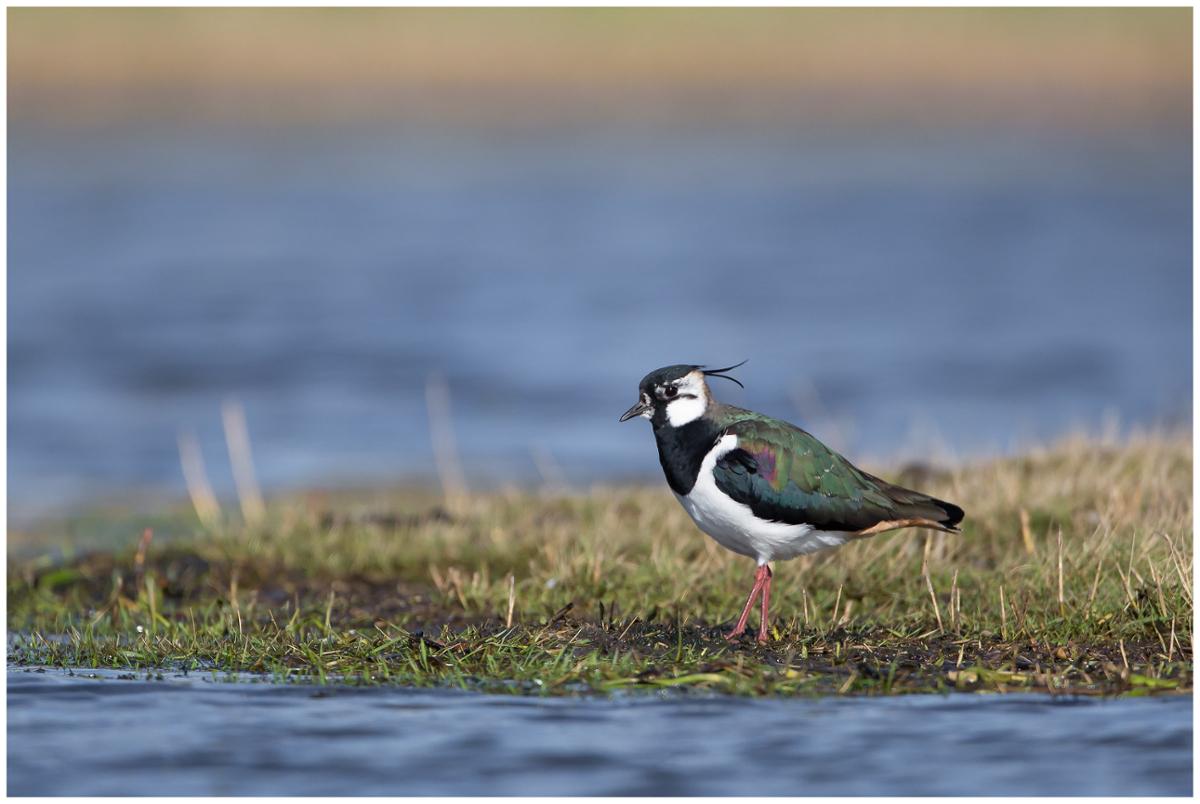In the birding community, spotting a rare bird is the equivalent of striking gold, and sometimes one discovery leads to a bonanza. Birders have speculated that when a rare bird is discovered in an area, birders flock to it, leading to additional sightings of rare birds in the same place. Among birders, this is called the Patagonia Picnic Table Effect, named after a rest stop in Patagonia, Arizona, where, according to lore, the phenomenon was first recorded.
Intrigued, researchers wanted to test this idea out. How often does the sighting of a rare bird result to an influx of new birders to the area, leading to an increased number of rare bird sightings there? The researchers looked at 273 sightings of 81 of the hardest-to-spot birds in North America over a period of 10 years recorded on eBird, an online database of bird observations. All of these birds are rated 4 or 5 on the American Bird Association’s 5-point rarity scale, and include birds such as the Northern Lapwing—common in Europe and Asia, but very rare in North America; the Eurasian Hobby, a type of falcon; and the Streak-backed Oriole, an orange bird from Mexico and Central America.
Though the number of birders did increase in an area after a rare bird was sighted there, it turns out birders had no better chance of sighting more rare birds after an initial rare bird sighting in a location than at any other time or place.
As intriguing as the Patagonia Picnic Table Effect may be, it might be just as effective to keep your binoculars aimed at your own backyard.









